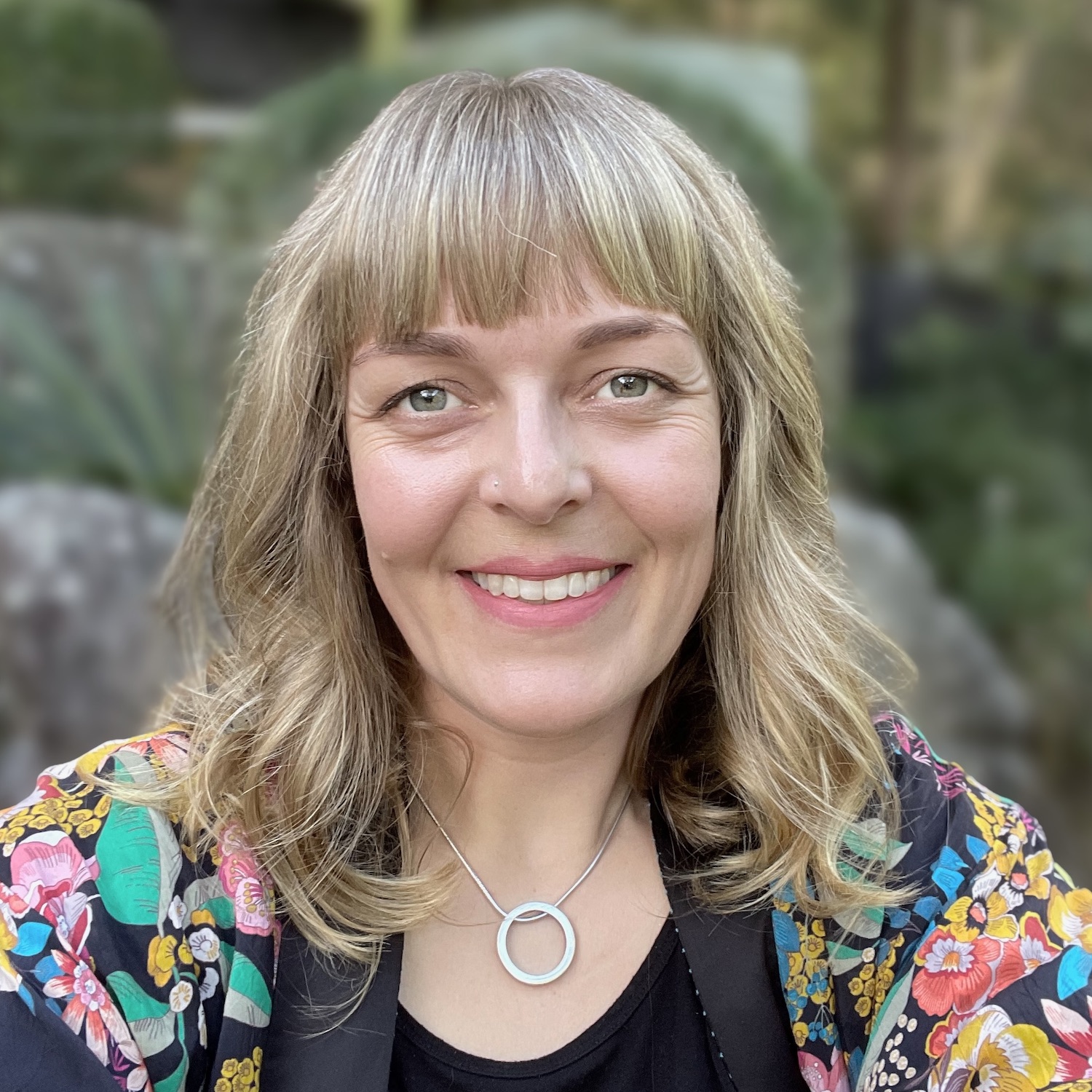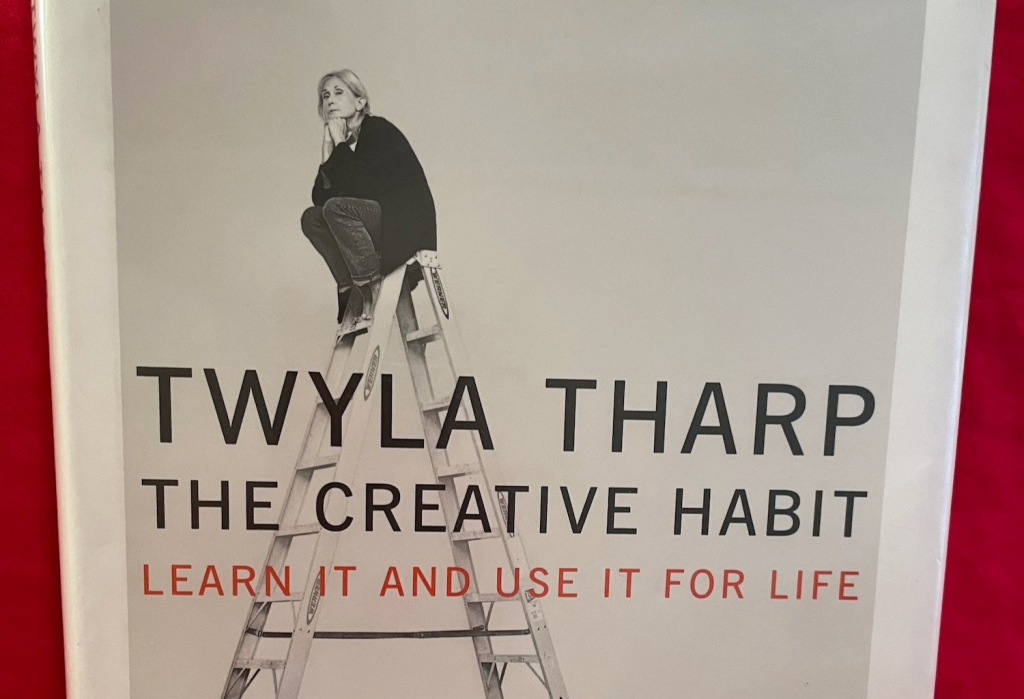I discovered The Creative Habit by Twyla Tharp via Austin Kleon. In the book, Tharp, an accomplished and celebrated choreographer, draws on her career to share stories, prompts, and ideas about how artists can make creativity a habitual part of their lives.
I found her conversational writing style delightful and engaging, like she was talking to a friend (and that I was that friend!).
“In order to be creative you have to prepare to be creative.”
Here are a few of my key takeaways from the book.
Ritual and distraction
Tharp talks about the power of ritual: a simple, repeatable act that signifies the beginning of a habit. For example, lighting a candle before doing yoga every morning. This ritual becomes an important psychological trigger; a “condition for creativity.”
Over time, these rituals also give comfort and confidence in the creative act.
Distraction is an obstacle to good work. Ideally, you can set up a distraction-free zone (Tharp calls this “The Bubble”) and exile yourself from the world to do your best creative work.
Creative DNA
Tharp spends some time discussing what she calls “creative DNA”—uncovering the type of artist you are. This creative DNA can be thought about in terms of focal length. Some artists are “up close,” some middle distance, and some far away.
From Carl Kerenyi’s Dionysos, ancient Greeks had two words for “life”:
- Zoe: life in general (zoology)
- Bios: specific life (biology)
In terms of art, Zoe doesn’t try to tell a specific story. It’s about the essence of life, not the details of living. Bios is narrative-driven, with detailed characters, and a sub-text of life.
Tharp also provides a “Creative Autobiography” questionnaire, to get to the heart of your creative DNA.
“Creativity is more about taking the facts, fictions, and feelings we store away and finding new ways to connect them. What we’re talking about is metaphor. Metaphor is the lifeblood of all art, if it is not art itself.”
Archive boxes
Tharp creates a literal archive box when embarking on each project. Every project starts with a stated goal, written on an index card and put into the box. Then, as the project progresses, sketches, inspiration, work-in-progress, etc is collected in the box.
The boxes are earthy, elemental—she can go back to them to get her bearings on a project whenever needed. That’s a sense of security that gives her the freedom to venture out of the box, to dare and fail.
The box is the research, the preparation. “It is the repository of your creative potential, but it is not that potential realised.”
“Before you can think out of the box, you have to start with a box.”
Scratching
“Scratching” means getting ideas and inspiration from all around you. This is the creative input that informs creative output. When a big idea doesn’t come, scratching helps to start from one tiny microcell of an idea, and see what happens: “When I’m scratching I’m improvising.”
You can’t do scratching in your head. You can do the research and preparation in your head, but to start improvising and creating, you have to start doing.
Different ways to do scratching:
- Reading
- Everyday conversation
- Enjoying other people’s art
- Studying mentors and heroes
- Nature
Scratching is “lottery tickets for creativity.”
Luck and chaos
There’s a certain paradox in creativity. Planning is essential, but it’s only after you let go of your plans that you can breathe life into the work and be successful. Therefore, you need to be prepared to be lucky, by having the scaffolding in place for luck and creativity to happen.
Tharp encourages an exercise: take a handful of coins (or other everyday objects), throw them on a table and play with the pattern they make. Make order out of the chaos until you find the solution that looks inevitable.
“In creative endeavours luck is a skill.”
Switching things up
When it comes to being involved in a variety of creative projects, Tharp values “rotating your crops”: switching between skills with each new project. This gives just the right amount of inexperience to keep a broad set of skills practiced. I’ve always bounced around between creative endeavours, levelling up to a certain point and then moving on, so this resonated with me!
Ruts and grooves:
- Ruts: when you’re in a rut, switch things up
- Grooves: when you’re in a groove, build a bridge to the next day. Quit while you have something still in the tank.
Final thoughts
It’s full of stories about her life and career, but it also turns these stories into inspirational and actionable ideas that you can weave into your creative life.
Highly recommended.

